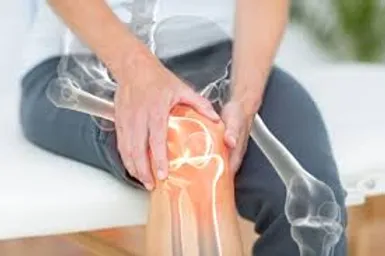Knee Conditions & Procedures
Knee pain is a common complaint among adults and most often associated with general wear and tear from daily activities like walking, bending, standing and lifting. Athletes who run or play sports that involve jumping or quick pivoting are also more likely to experience knee pain and problems. But whether an individual's knee pain is caused by aging or injury, it can be a nuisance and even debilitating in some circumstances.
The knee is a vulnerable joint that bears a great deal of stress from everyday activities, such as lifting and kneeling, and from high-impact activities, such as jogging and aerobics.
Tendons are tough cords of tissue that connect muscles to bones. Ligaments are elastic bands of tissue that connect bone to bone. Some ligaments on the knee provide stability and protection of the joints, while other ligaments limit forward and backward movement of the tibia (shin bone).


Diagnose injuries
When someone is injured, it's important to assess the situation to determine the severity of the injury. This could involve asking questions about the mechanism of injury, the location of pain, and any accompanying symptoms.
A healthcare provider will perform a physical examination to assess the injured area. They will look for signs of swelling, bruising, deformity, and changes in range of motion. They may gently palpate the area to identify areas of tenderness or instability.
Repair injured soft tissues and bones
If you need surgery to repair tendons, ligaments or cartilage, your healthcare provider uses specially designed tools.The camera shows real-time images that guide your healthcare provider during the procedure. Your healthcare provider uses tiny tools to repair and reconstruct soft tissues by stitching them together. They can also suture (stitch) bones together.
A qualified healthcare provider, such as an orthopedic surgeon, will evaluate the extent of the injury through physical examination, imaging (X-rays, MRI, CT scans), and sometimes laboratory tests. This assessment helps determine the best course of treatment.
Pain control is important during the recovery process. It might involve medication, physical therapy modalities (heat, cold, ultrasound), and other pain management techniques.

